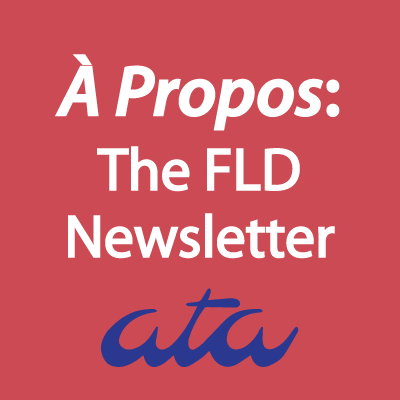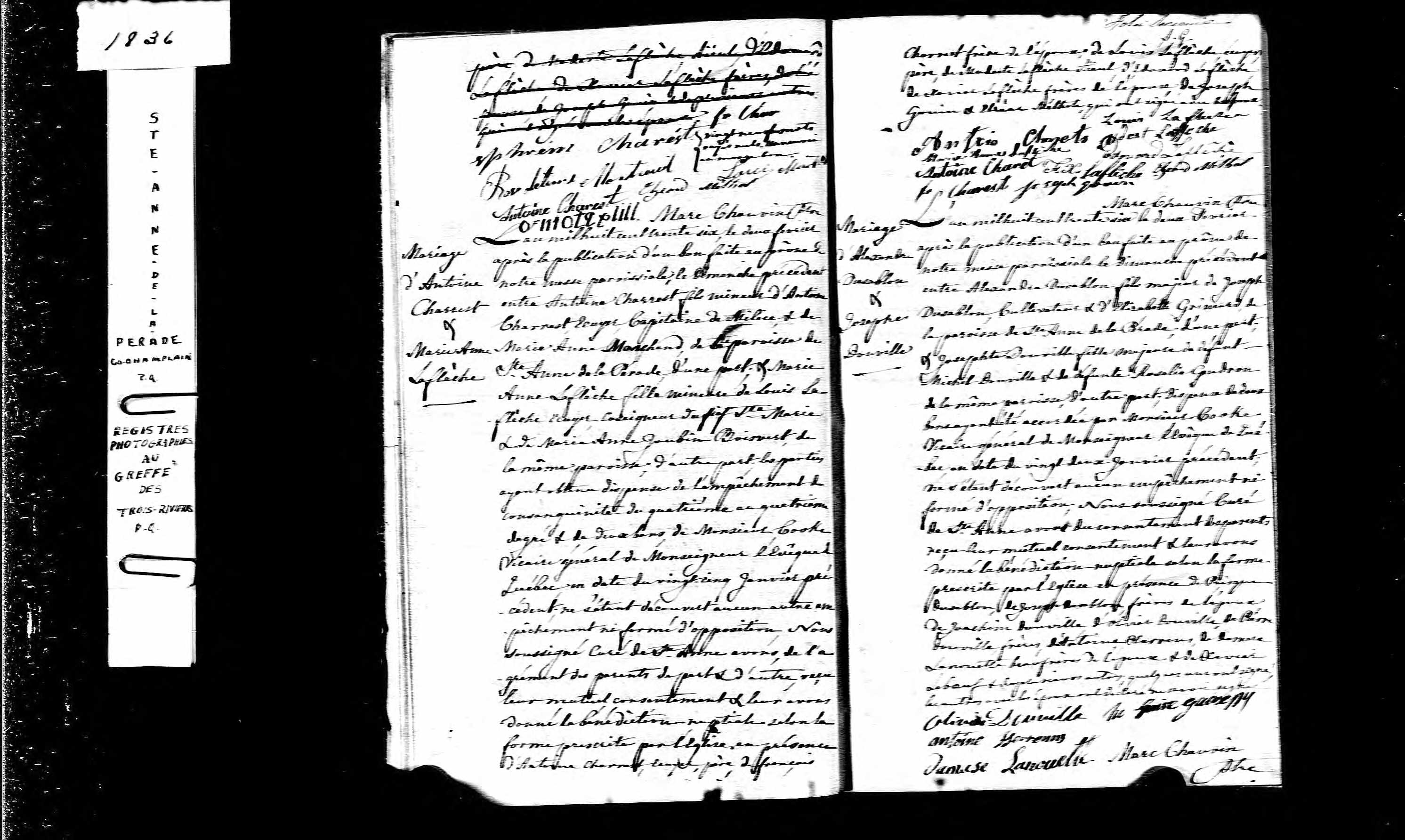 A freelance career offers the flexibility to work where you want, when you want, so it’s not surprising that many freelance linguists pursue the dream of living abroad.
A freelance career offers the flexibility to work where you want, when you want, so it’s not surprising that many freelance linguists pursue the dream of living abroad.
Making this a reality requires careful planning and an understanding of immigration and tax laws in the intended country of residence. Nothing can replace expert advice – which anyone moving abroad should seek – but there are a few tax, immigration and practical considerations to keep in mind.
Tourism versus residency
A quick Google search will reveal a commonly held view that, so long as you are working for foreign clients and you receive payments only in your country of origin, you can happily freelance on a tourist visa. This sounds lovely – but is probably illegal as most tourist visas prohibit work of any kind.
On the other hand, immigration laws haven’t caught up with today’s mobile workforce. It’s unlikely that any immigration authority cares if someone checks business e-mails while on holiday. But somewhere, the line between keeping up with work back home and working in a foreign country will be crossed.
Choosing the right country
To establish legal residency in foreign country, an applicant must meet the qualifications for a specific visa – which differ dramatically from country to country. Eligibility for a visa depends on the applicant’s personal circumstances, but a number of countries provide opportunities for freelancers that don’t require massive capital investment. A few of these include:
- The Netherlands: The Dutch-American Friendship Treaty may offer self-employed freelancers the opportunity to conduct business and live in the country, with a low capital investment requirement.
- Germany offers non-EU freelancers a pathway to legal residency. This process must be completed once you are in Germany.
- Panama: If you are looking to live in a warm, Spanish-speaking country, Panama may be the place for you. The “Friends of Panama” visa offers residency to those employed by or owners of a Panamanian company.
Sometimes, a freelancer may be a “trailing” spouse or partner, which means that the family’s visa is contingent on the other partner’s employment. Many spousal visas do not grant a right to work. However, once legal residence in the country has been secured, a spouse or partner may be able to receive authorization to engage in freelance work, depending on the laws of the specific country.
Tax implications of working abroad
First, recall that all US citizens or permanent residents are subject to worldwide taxation, regardless of where they live, and must report worldwide income to the IRS. Even the holder of a US non-immigrant visa may be considered a US “tax resident” and therefore subject to this requirement. Most countries, including the UK, Canada and Germany, do not impose this blanket requirement.
Of course, there is some relief from double taxation. The United States has entered into tax treaties with many countries, in an effort to limit double taxation. Any US person residing abroad should hire a qualified tax advisor who specializes in preparing tax returns for expats, to take full advantage of any available exemptions and tax credits.
Freelancers are also required to make social security contributions. These are often paid to the country of residence; however, US persons overseas may be covered by a bilateral social security agreement which creates a time-limited exemption to this requirement. Exemptions vary by country, so research is essential.
Reporting requirements under FBAR and FATCA
Two US laws create potential disclosure requirements for US persons residing abroad. First, the Foreign Bank Account Report (FBAR) must be filed by all US Persons if their aggregate foreign financial account holdings – which may include securities accounts and life insurance policies – exceed a $10,000 threshold at any point during the year. Once this threshold is crossed, all accounts must be reported. Penalties can start at $10,000 per unintentional violation – so take this requirement seriously.
The Foreign Account Tax Compliance Act (FATCA) is a separate provision requiring foreign banks to report accounts held by US clients to the US government. The reporting thresholds are higher than the FBAR, but together, they reflect the government’s intent to crack down on offshore tax evasion and money laundering.
VAT Filings
In many European countries, freelancers – including linguists – must charge VAT to clients within their country of residence. Upon registering to work as a freelance translator, most freelancers working in Europe must obtain an EU Community VAT number. In addition, they may be required to track VAT-exempt transactions within the EU, and submit a VAT tax return on a quarterly basis.
Health Insurance
Finally, if heading abroad for any length of time, proper health care coverage is essential. For short-term stays, travel insurance may be sufficient. However, for extended stays, legal residents may be eligible for national health care coverage in their country of residence. It is also wise to research private health insurance coverage – whether for full coverage or as a supplement to a national health plan.
Laura Eilers Tridico
Laura Eilers Tridico, CT, is an ATA-Certified French to English Translator, specializing in law and finance.

